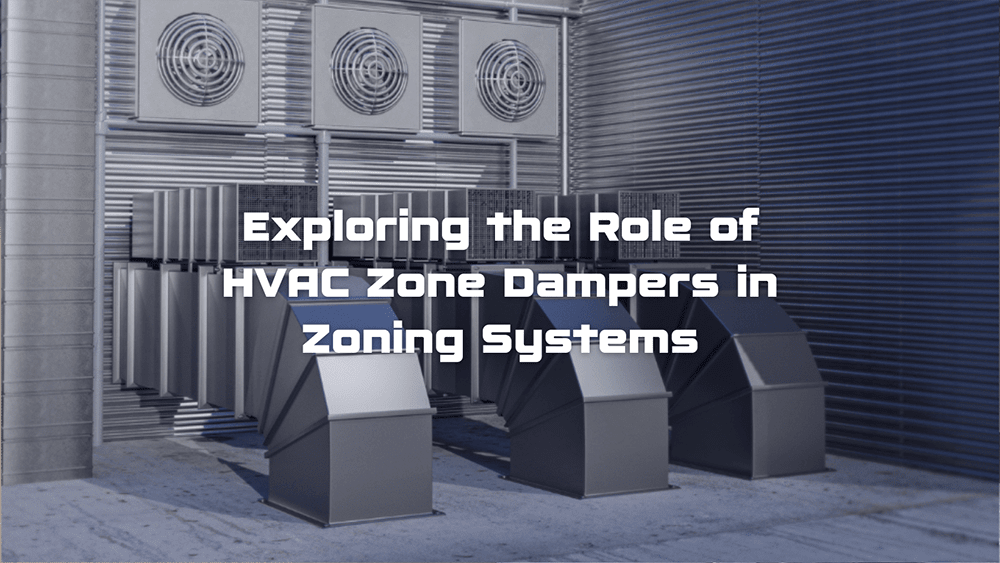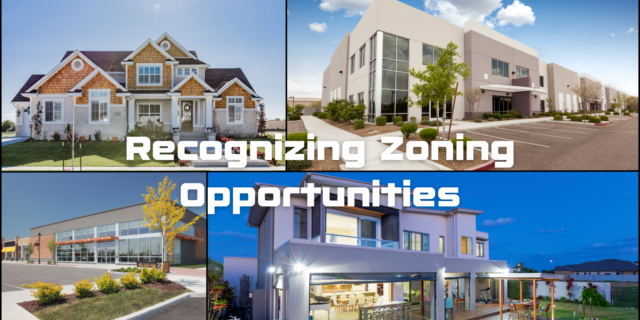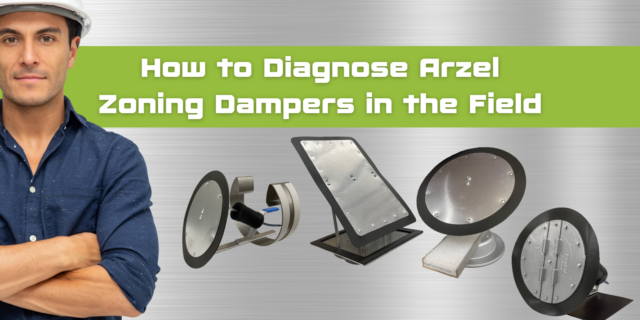Exploring the Role of HVAC Zone Dampers in Zoning Systems

Airflow is the key to HVAC zoning systems, and that’s why dampers are so important. HVAC zone dampers direct conditioned air to the places calling for it, improve airflow in the building, and even regulate static pressure in the ductwork. Let’s explore the role of HVAC zone control dampers and get a deeper understanding of how they function.
How HVAC Zone Dampers Direct Conditioned Air
Let’s start with the first important function of HVAC zone dampers: directing conditioned air. In zoned buildings, a thermostat is placed in each zone or section. When the thermostat calls for heating or cooling, the signal goes to the zone control panel. The next step, in an Arzel system, involves the control panel sending a signal to the HVAC zone damper using a pneumatic tube.
This brings us to pneumatic, or air-driven dampers. Our dampers are connected to the zoning panel with a single airline per zone, and a valve opens or closes to direct pressure to close the dampers or vacuum to open the dampers. When the panel receives a call, the air pump turns on, and the air valve for each zone opens or closes to direct the conditioned air where it’s needed. There are no motors on the dampers, which means they operate quietly. It also results in low maintenance needs, since they don’t have gears that wear out over time.
You probably already know the rest. If the upstairs calls for cooling while the downstairs is comfortable, the dampers for the upstairs will open. Meanwhile, the dampers for the downstairs will close. This way, the conditioned air is directed to the area that needs it. HVAC zone control dampers are the real heroes of a zoning system.
Trying to Fix Issues by Closing Registers
In homes or other buildings without zoning, people often close a register to fix a temperature issue. HVAC technicians do not recommend doing this, for a couple of reasons. First, it will keep air from circulating in the area with the closed register. This can result in stale air and even mildew or mold. Even more importantly, closing a register can cause static pressure to build in the ductwork, with the potential to damage your equipment.
Besides the damage it can do, closing a register does not usually help with temperature issues as much as people hope, because it doesn’t give them much control. How can you control the temperature effectively without any ill effects? With an HVAC zoning system.
Improving Airflow with HVAC Zone Dampers
In a home with zoning, the HVAC zone dampers give you precision control over airflow and temperature. For example, in many homes the first floor is comfortable in the summer but the second floor gets too hot. The homeowner may choose to turn the thermostat way down to keep the upstairs comfortable, but this makes the first floor too cold. So they close the registers on the first floor, and pump all the cooling they can up to the second floor. “How is this different than zoning?” you may be asking.
With HVAC zone control dampers, the right amount of cooling will be delivered to both floors. Sometimes the first floor dampers will close, allowing the second floor to get more conditioned air. Other times, the first floor dampers will remain open, keeping the air circulating on that lower floor. Additionally, the zoning installer will measure static pressure to ensure all of the zones are right-sized for the equipment to be operating only for them. Bypass can be installed if the zone is too small for the blower tonnage. In these cases, the bypass dampers are the heroes, keeping equipment safe and keeping homeowners from hearing a whooshing sound in their ductwork.
Learn More about Installing HVAC Zone Dampers Effectively
We pride ourselves on making an easy-to-install product. If you know what you’re doing, it should be relatively quick with minimal disruption to your customer’s home. We offer in-person and online training to help you build your skills. You can also sign up for our pro portal to access manuals, training videos, and more.






